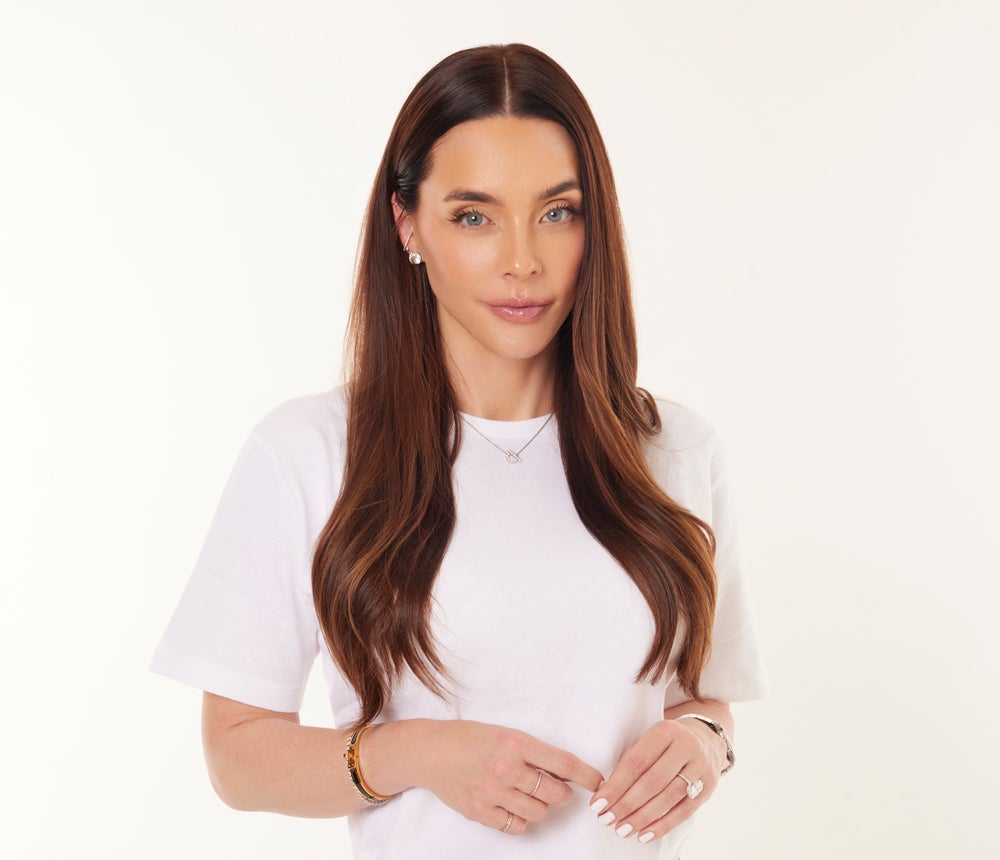Lauryn Bosstick's Multi-Million-Dollar Playbook: Build an Audience First, Then Create Products Just for Them


Image Credit: Veronica Sams
Most entrepreneurs build a product, then find an audience.
But what if you could do it in reverse — build an audience first, and then create a product to serve them?
That's what Lauryn Bosstick advocates to new founders. She's run this playbook to great success: She first built a fanbase of millions through blogging (The Skinny Confidential) and podcasting (The Skinny Confidential Him & Her Show), then spun out a top-tier podcast network (Dear Media) and a thriving beauty brand (also called The Skinny Confidential).
"My audience is invested in the development of the product," Bosstick tells me on the Entrepreneur podcast Problem Solvers. "So by the time that it's launched, they feel like they've been a part of every step of the way."
People often misunderstand this strategy, she says: It's not about just being an "influencer" who spins off products. It's about mitigating your risk. When you launch a product without an audience, you have no idea who (if anyone) truly wants what you have. But when you develop your audience first, you can learn exactly what they want — and then serve them.
" I really focused on the audience and the community for, gosh, like eight years," she says. "And then I launched products."
Want to try it? Listen to our conversation, or read her step-by-step playbook below.
Founders are often afraid to say what they think. They want their products do the talking.
Bosstick understands that — to a point.
"A point of view can get you in big trouble," she says. "But I think the pendulum is swinging. If you don't have a point of view, you're going to get eaten alive."
Why? Two reasons. First, the world is full of noise, and only strong points of view break through. Also, consumers today are looking for brands they identify with, not just brands that make good products.
Everyone has a point of view, Bosstick says, but not everyone knows how to articulate it in a consumer-focused way. If you're struggling, go back to basics — and find the root of what you're passionate about.
"Ask your parents, and think about what you really liked when you were little," she says. "What are the things you were gravitating towards, whether or not they made you money? Ask your childhood friends: What do they remember about you?"
She also recommends reading Donald Miller's book Building a StoryBrand, which explains how to take complex ideas and make them simple and resonant.
2. Pick your mediumOnce you know what you want to say, you need to figure out how to say it. Bosstick emphasizes being "incredibly self-aware of what medium works for you."
For her, the medium was clear: "I was born to talk on a mic. I came out with a mic in my hand," she jokes. That led naturally to podcasting. (Her show has been downloaded more than 500 million times.)
But maybe you're better behind the scenes. Bosstick points to successful creators on Substack who are "creating huge community" through writing. "If I'm that girl on Substack, I already have a book planned two years down the road," she says. "From the book, I already have a podcast planned. From the podcast, I already have a brand planned."
The key is matching your natural strengths to the right platform, then thinking several moves ahead.
Don't get overwhelmed, she says: You don't need to be on every platform. " If you can delete something off your plate that you really don't need, delete it," she says. "I mean, I can't keep up with my inbox on LinkedIn. That's not realistic. Choose the one that's going to be the most impactful. For me, that's Instagram."
Once you have an audience, start listening closely to them.
"I crowdsourced my audience — not for money, but for their opinion," she explains.
For nine years, she watched her analytics, answered hundreds of DMs daily, and responded to tweets. She was "in the field" with her community, understanding their pain points and desires in real time.
This helped her understand, for example, the kind of beauty challenges her audience was frustrated with — and the specific pain points they have with existing products. That's why she ultimately launched a beauty brand, and then focused on specific products inside the category.
The Skinny Confidential ice roller is a good example, she says. Her audience spent years complaining about existing ice rollers on the market. All she needed to do was listen. "I found a problem, I disrupted it. I made it better. I made it more beautiful," she says. "When they got it in the mail, it exceeded their expectations."
4. Provide value before you sellBosstick follows what she calls the "give, give, ask" model:
- Give your audience tons of value through content.
- Give more value by focusing on each community member.
- Ask them to buy your product.
For that to work, however, you need to spend a long time engaging with and being valuable to your audience. Get to know them personally and become their champion — not just a salesperson.
It's human nature: People want to feel seen, heard, and valued. When you give them that through consistent, valuable content, they'll reward you with their attention, their trust, and eventually, their money.
"It's slow, it's meticulous, it's really watering the community," she says. "From there, you can have the sale and the product later down the road."

Image Credit: Veronica Sams
Most entrepreneurs build a product, then find an audience.
The rest of this article is locked.
Join Entrepreneur+ today for access.
Already have an account? Sign In
entrepreneur





